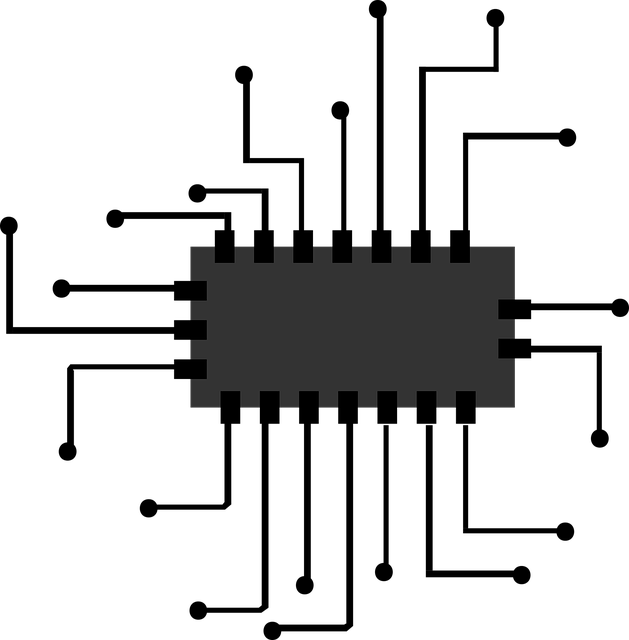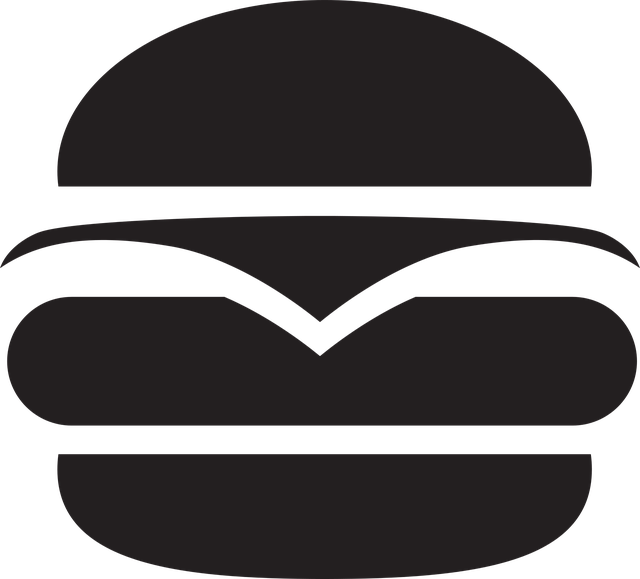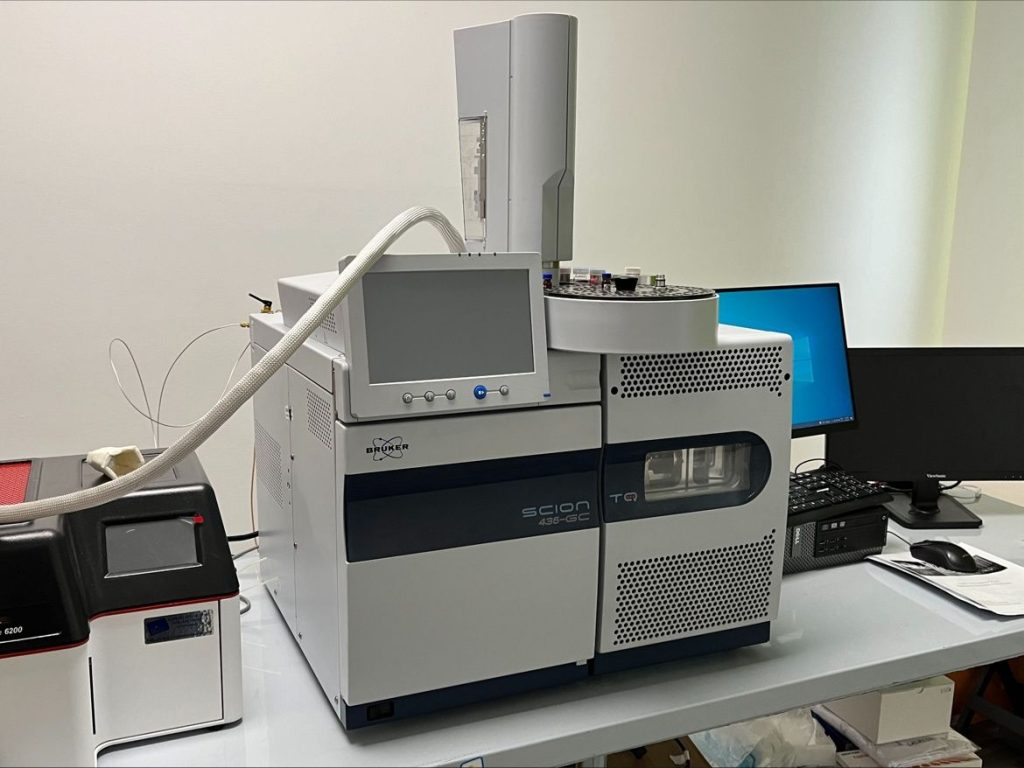Contact Enviropass today to discuss the best chemical testing solution!
Contact Enviropass today to discuss the best chemical testing solution!

Very competitive: Say goodbye to overspending on environmental compliance. Our transparent pricing model features fixed rates, free from hidden charges. Turnkey assessment projects are assessed according to the number of distinct parts/materials, ensuring a clear budget.

Canadians: The Enviropass testing laboratory is located in Montreal. Additionally, all projects are managed from our base in Canada by top experts, including chemists, Ph. D, certified auditors, and project managers.

Precision guaranteed: Following our assessment, you'll receive either a certificate of compliance or a detailed corrective action plan, ensuring your path to full product conformity is clear and comprehensive.
Enviropass’ compliance experience include the following products:







Secure the optimal test lab strategy at an exceptionally competitive rate!
Offered services encompasses the following:

Testing reports

Certificates of compliance / corrective action plans

ISO 17025 certified options ensuring precise test outcomes.
X-ray fluorescence (XRF) is a widely used solution in various industries, particularly for environmental compliance testing of heavy metals like lead and mercury. Its non-destructive nature makes it valuable for analyzing samples without altering them. Here’s a breakdown:
How XRF Works:
Capabilities:
Environmental Compliance:
Other Applications:
In summary, XRF is a versatile tool for environmental chemical testing of heavy metals with limitations regarding compounds and light elements, making it essential to complement other analytical methods when needed.
When technical documentation can’t confirm compliance with regulations like EU REACH or RoHS, analytical testing provides another avenue to ensure product adherence. Gas chromatography-mass spectrometry (GC-MS) combines gas chromatography and mass spectrometry, offering a robust analytical process.
Overview of GC-MS

Applications of GC-MS:
GC-MS/MS Technique:
Gas chromatography-tandem mass spectrometry (GC-MS/MS) enhances sensitivity by performing mass spectrometry analysis twice, allowing for precise characterization of substances with the same m/z ratio.

Portable GC-MS Instruments:
Portable GC-MS devices are valuable for field applications due to their size and portability.
In summary, when technical documentation is insufficient, GC-MS provides a powerful tool for product testing, particularly in analyzing volatile compounds relevant to environmental regulations like RoHS and EU REACH.
Fourier Transform Infrared Spectroscopy (FTIR) is a powerful analytical tool widely used across scientific fields to analyze gases, liquids, and solids with minimal sample preparation. Here we present the principles, applications, and challenges of FTIR, particularly in detecting phthalates and ensuring compliance with regulations like EU RoHS and IEC 62321.
Overview of FTIR:
Molecules Detectable Using FTIR:

Direct Analysis in Real-Time Mass Spectrometry (DART-MS) is a groundbreaking technique in chemical analysis, offering rapid detection of various compounds like flame retardants, phthalates, and polyaromatic amines without extensive sample preparation. This section explores the advantages, processes, and applications of DART-MS.
Overview of DART-MS:
The DART-MS Process:
Advantages of DART-MS:
Applications of DART-MS:
Enviropass Expertise Inc.
220 – 5473 Royalmount,
Town of Mount-Royal, QC, H4P 1J3
Canada

Only 650 meters from the De La Savane metro station!